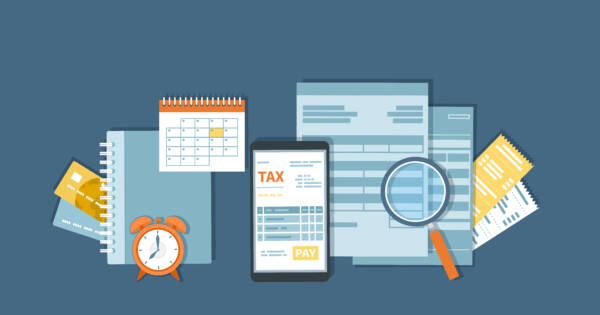Filing taxes can feel overwhelming, particularly for those handling the process for the first time or adjusting to new regulations. Gaining a clear understanding of essential steps can reduce stress and support accurate completion of required forms. A solid foundation of tax knowledge helps individuals approach filing with confidence, identify important obligations, and take advantage of opportunities that may reduce overall tax burdens. With the right preparation, tax season becomes far more manageable.
Getting Organized: Collecting Necessary Documents
The first step in filing taxes is gathering all relevant documents, which are crucial for completing your tax return accurately. Begin with your income statements, such as W-2s for employees or 1099 forms for freelancers and contractors. These forms report your earnings and are necessary for calculating your taxable income.
In addition to income statements, collect documentation for deductions and credits you might be eligible for. This could include mortgage interest statements, student loan interest forms (1098-E), medical expenses, or charitable donation receipts. Organizing these documents in advance helps streamline the filing process and ensures that you claim all applicable deductions, potentially reducing your tax liability.
Deciding How to File: DIY or Professional Help
Choosing whether to file your taxes independently or seek professional assistance depends on the complexity of your financial situation. Many first-time filers with straightforward finances opt to use tax software, which can simplify the process by guiding you through each step. These programs help ensure you’re entering information correctly and often suggest deductions or credits you might not be aware of.
Alternatively, if you have a more complicated financial situation, such as income from multiple sources, investments, or assets, consulting with a tax professional could prove beneficial. Professionals bring expertise in navigating complex tax laws and optimizing your tax outcomes. Evaluating your specific needs and resources helps determine the most suitable filing method for your circumstances.
Understanding Tax Credits and Deductions
Tax credits and deductions are key tools that might reduce the amount you owe or increase your refund. Deductions lower your taxable income, while credits directly reduce the tax owed. Familiarizing yourself with common deductions, such as the standard deduction that most filers are eligible for, can be advantageous.
Tax credits such as the Earned Income Tax Credit (EITC), Child Tax Credit, or education credits may apply depending on your eligibility. These credits can significantly affect your tax outcome, so it’s vital to understand which ones could benefit you. Keeping abreast of any updates to tax credits or deductions each year can yield better tax strategies and amplify potential savings.
Meeting Deadlines and Avoiding Penalties
One of the most critical aspects of filing taxes is meeting all deadlines to avoid potential penalties. The deadline for tax filing is typically April 15th, but occasionally it may adjust for weekends or holidays. Marking your calendar and setting reminders ensures you don’t miss these key dates.
Should you find an inability to file by the deadline, requesting an extension may offer additional time without penalty. However, note that an extension provides more time to file your return, not to pay any taxes owed. Keeping open communication with the IRS and paying what you can by the deadline helps avoid interest and penalties on unpaid amounts.
Filing Electronically vs. Paper Filing
In recent years, electronic filing (e-filing) has become increasingly popular due to its convenience and efficiency. E-filing offers faster processing times and typically results in quicker refunds, particularly when combined with direct deposit options. Featured prominently within tax software, e-filing reduces errors with built-in checks and prompts for required fields.
For those who prefer traditional methods, paper filing remains an option. This may be suitable for individuals without computer access or preference for physical documentation. Regardless of the method chosen, including accurate and complete details remains essential to prevent processing delays or complications.
What to Do If You Owe Money
If your tax calculation results in owing money, several options for payment are available to mitigate the impact on your finances. The IRS offers multiple payment methods, including checks, debit/credit cards, or direct bank transfers. Some filers choose to establish payment plans, particularly if unable to pay the full amount immediately.
Understanding the terms of these plans and any associated interest or penalties is crucial. Contacting the IRS directly can assist in establishing terms that align with your budget, maintaining financial health while fulfilling your tax obligations. Responsible payment management underscores a forward-thinking approach to financial planning.
Navigating Tax Season with Confidence
Filing taxes need not be overwhelming when approached with preparation and knowledge of the key steps involved. By ensuring accurate document collection, evaluating filing methods, and understanding available credits and deductions, taxpayers can navigate each tax season with increased confidence.
Utilizing electronic tools and maintaining awareness of deadlines bolsters the process, ensuring compliance and facilitating efficient handling of tax responsibilities. In doing so, individuals can effectively manage their tax obligations while planning for future financial goals, embodying informed and proactive fiscal stewardship. Empowered with this understanding, even first-time filers can approach taxes with assurance and composure.





